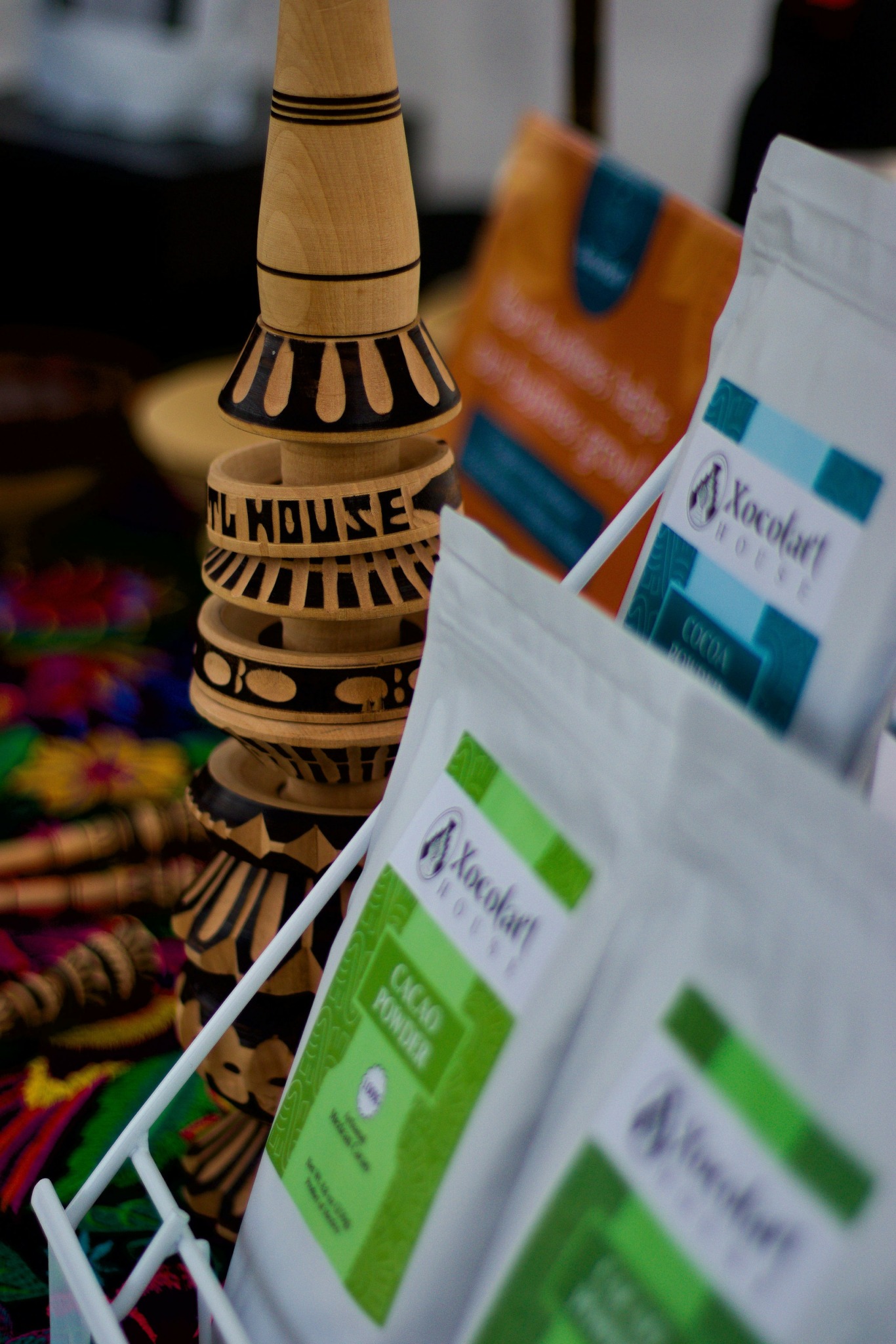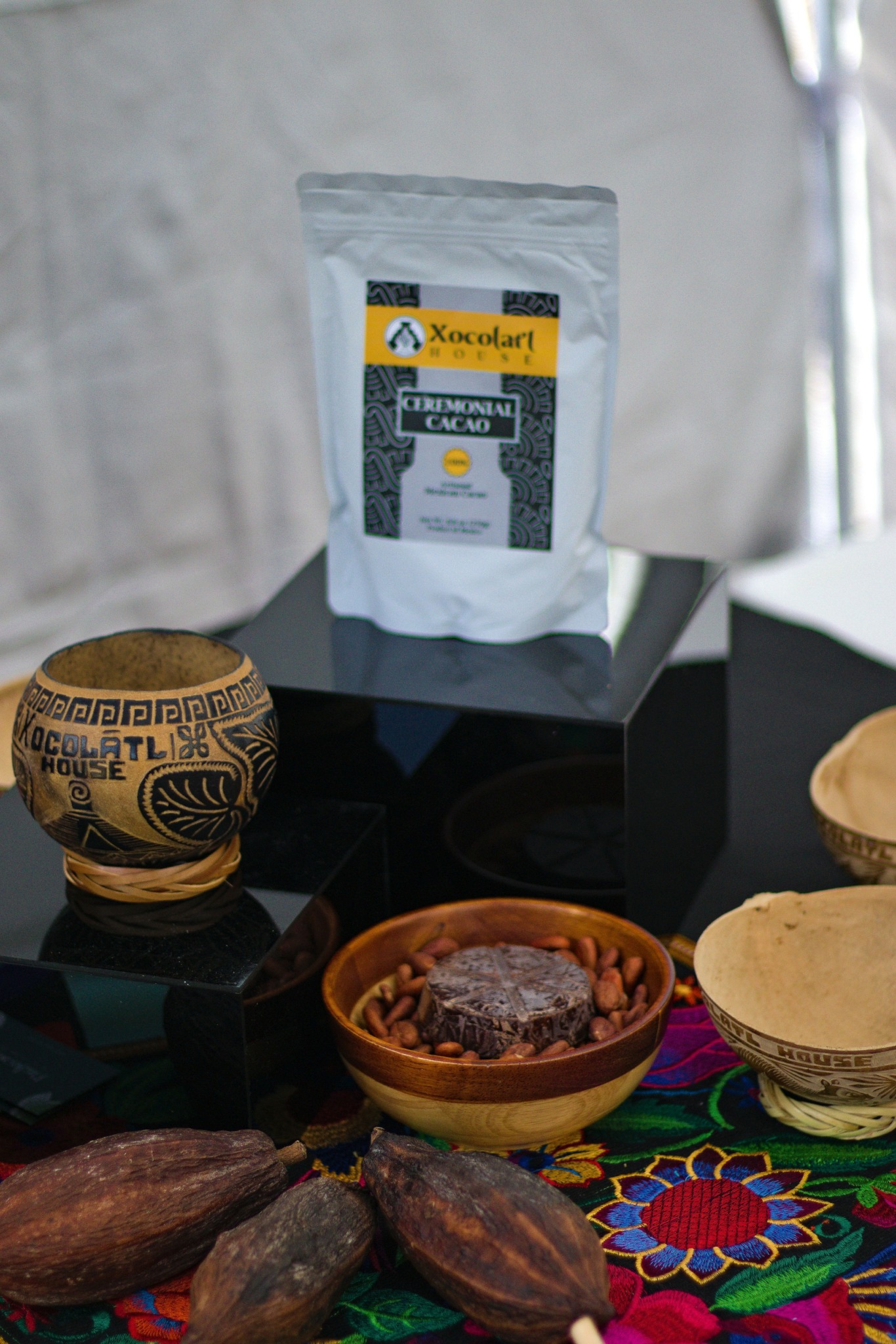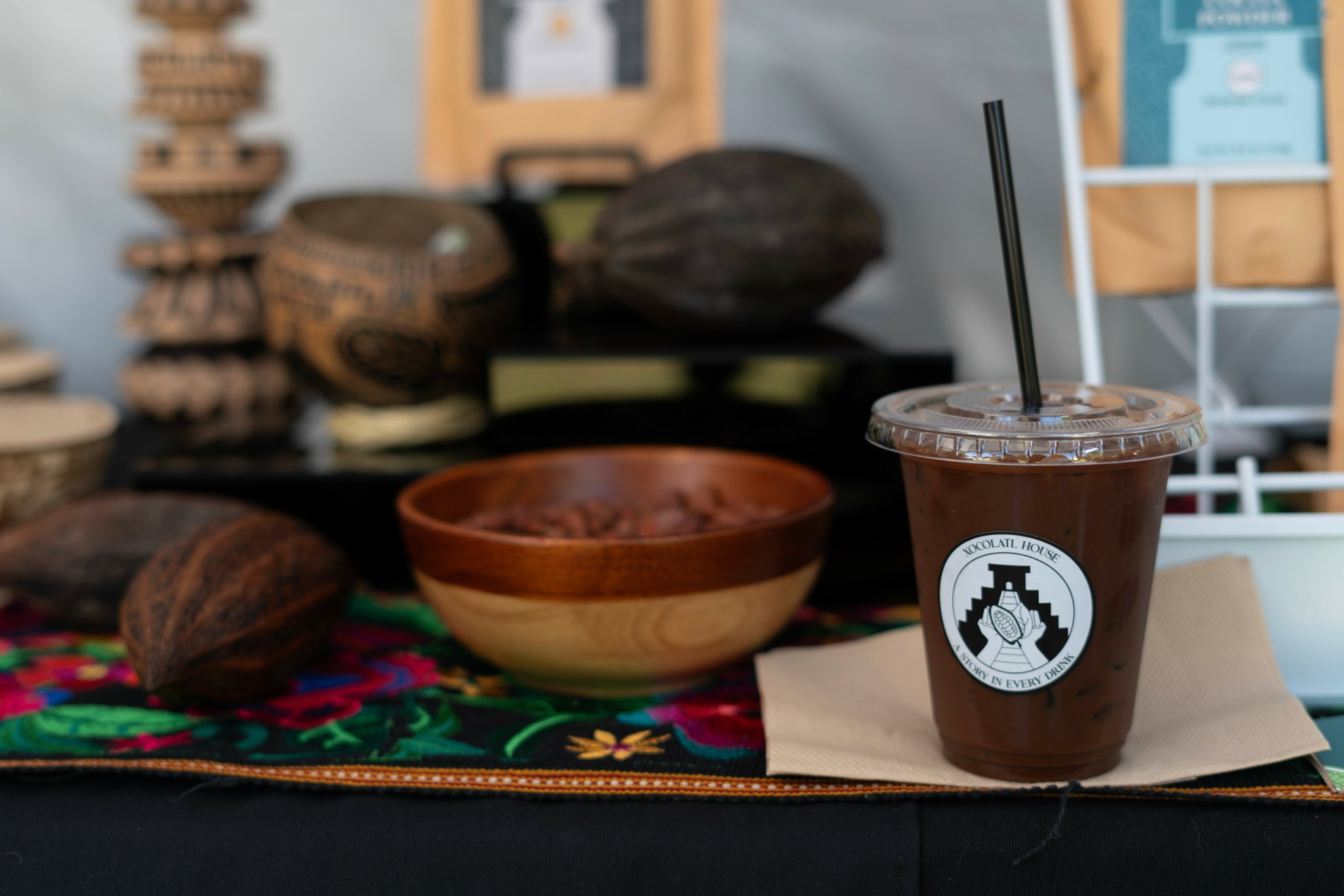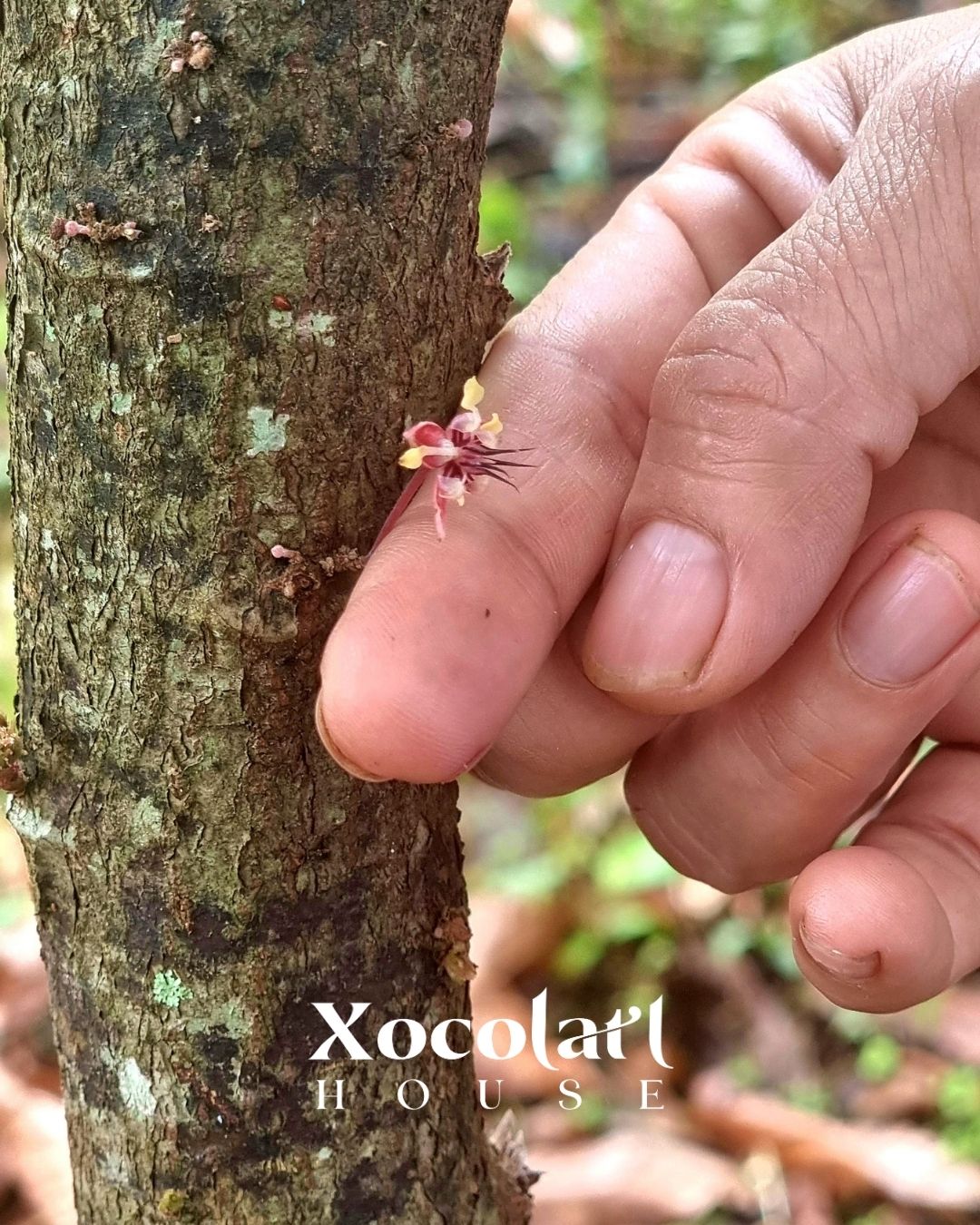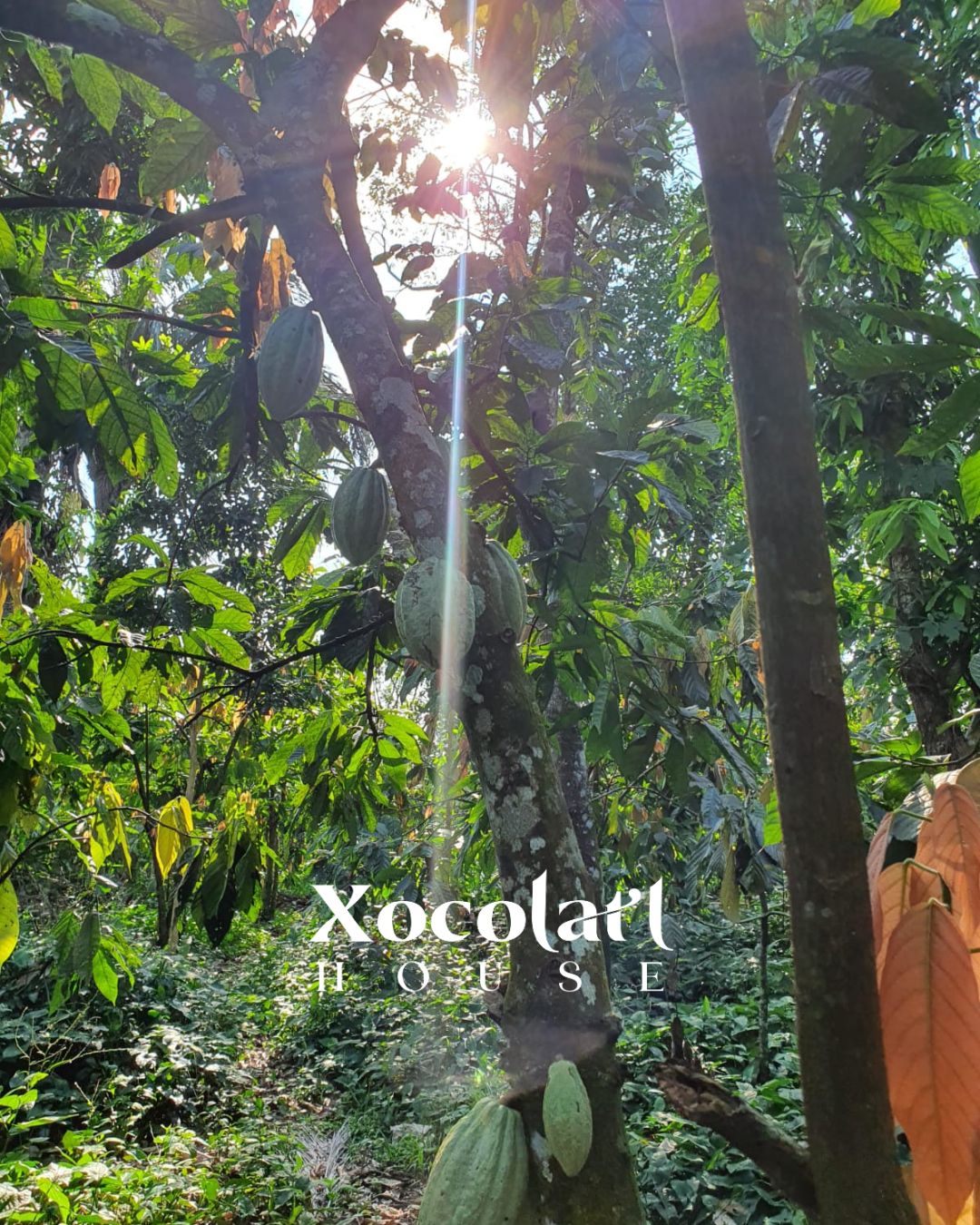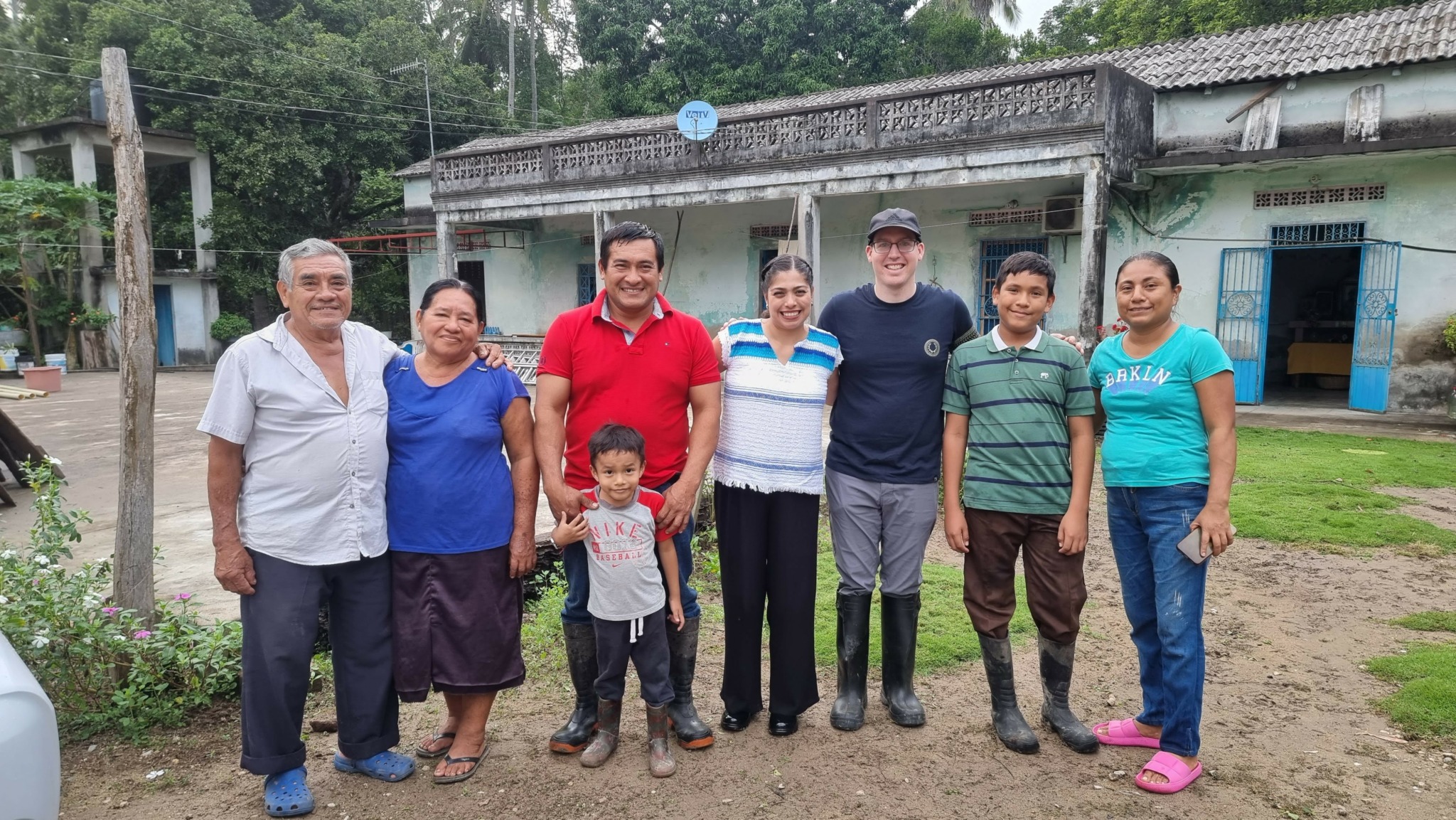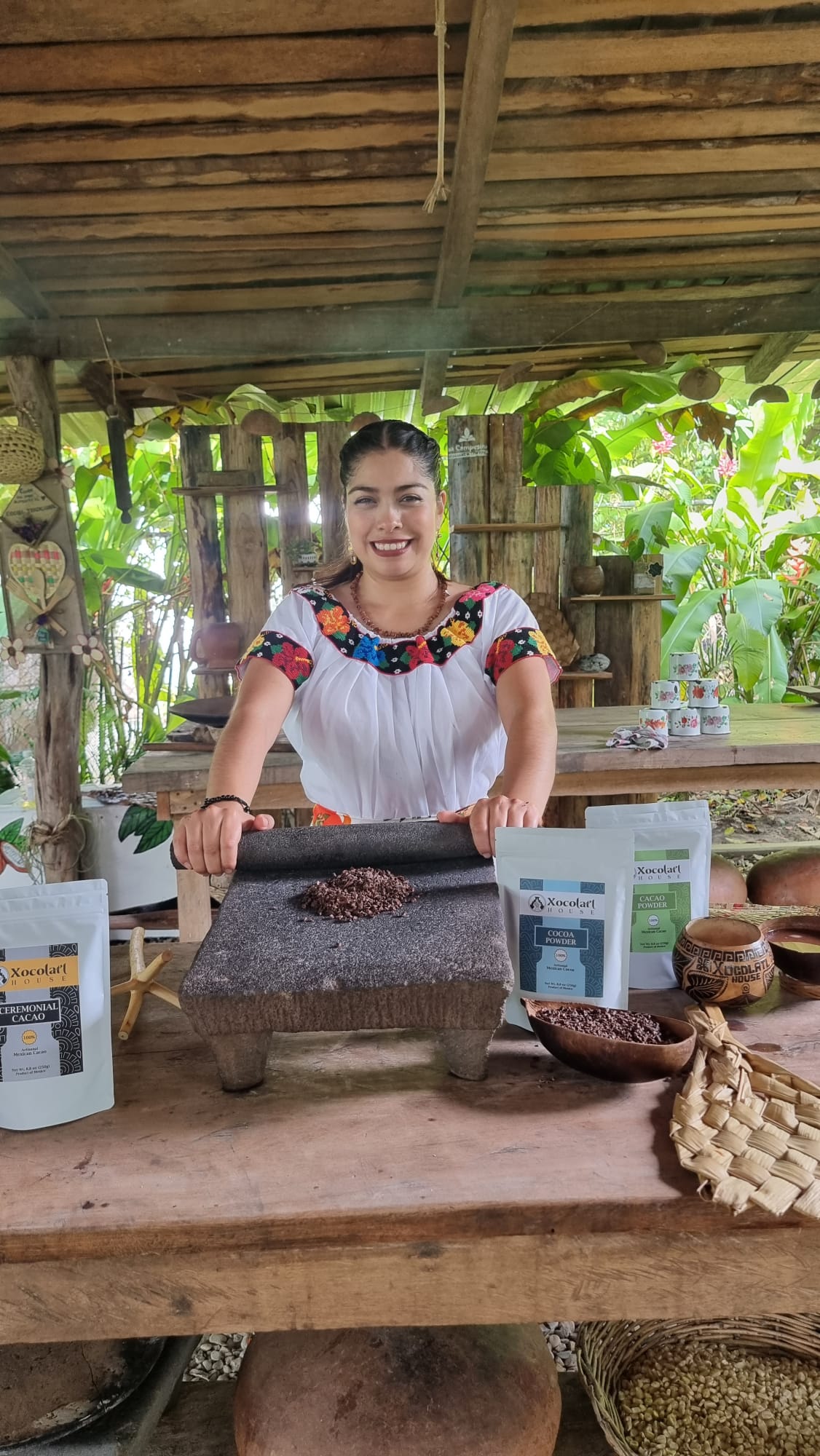We recently connected with Jessica Escarcega and have shared our conversation below.
Alright, Jessica thanks for taking the time to share your stories and insights with us today. Coming up with the idea is so exciting, but then comes the hard part – executing. Too often the media ignores the execution part and goes from idea to success, skipping over the nitty, gritty details of executing in the early days. We think that’s a disservice both to the entrepreneurs who built something amazing as well as the public who isn’t getting a realistic picture of what it takes to succeed. So, we’d really appreciate if you could open up about your execution story – how did you go from idea to execution?
It all began six years ago when I visited Tabasco for a chocolate workshop. I was taken aback by the community’s meticulous craftsmanship in chocolate-making. When I learned about the cost of their products, I realized that the pricing didn’t reflect the extensive work involved—from planting and harvesting to handcrafting the chocolate. In a light-hearted moment, I joked with the women, saying, “One day, we’ll sell this product together.”
Fast forward to March 2023; I was living in San Diego, seeking job opportunities to increase my income. One day, I came across a post on social media from the Mexican Embassy in San Diego, inviting women with business ideas to apply. With chocolate still on my mind, I submitted my project. To my surprise, I was accepted into the “Mexicana Emprende” program in April, after interviews with the program coordinators. I couldn’t believe it—I had only an idea about selling chocolate and no knowledge of permits, business planning, or marketing!
The next crucial step was reaching out to the producers. It was an unusual conversation. When I spoke with Estela, the president of the cooperative, I said, “Estela, we’re in a program to start a business together.” I remember her joyful laughter; she was excited. I emphasized that we had to work hard because we had three months to turn our idea into a tangible product.
The journey wasn’t easy. I was the first in the program to aim to import a manufactured product from Mexico. Many mentors advised me, saying, “Jessica, this project is complicated; why not pursue a different idea?” But I was determined to support small producers and create a business that had a meaningful impact beyond just selling a product.
I combined the four months of the program with additional courses from various nonprofits. Those were the most exhausting months of my life, especially since I was also working a full-time job. Finally, on July 12, we had the program’s closing event, which included a pitch competition for a grant. I knew I had to win to kickstart my business.
With my physical product and a solid pitch, I succeeded and secured the grant. My idea had transformed into reality—a tangible product with a brand and registered permits.
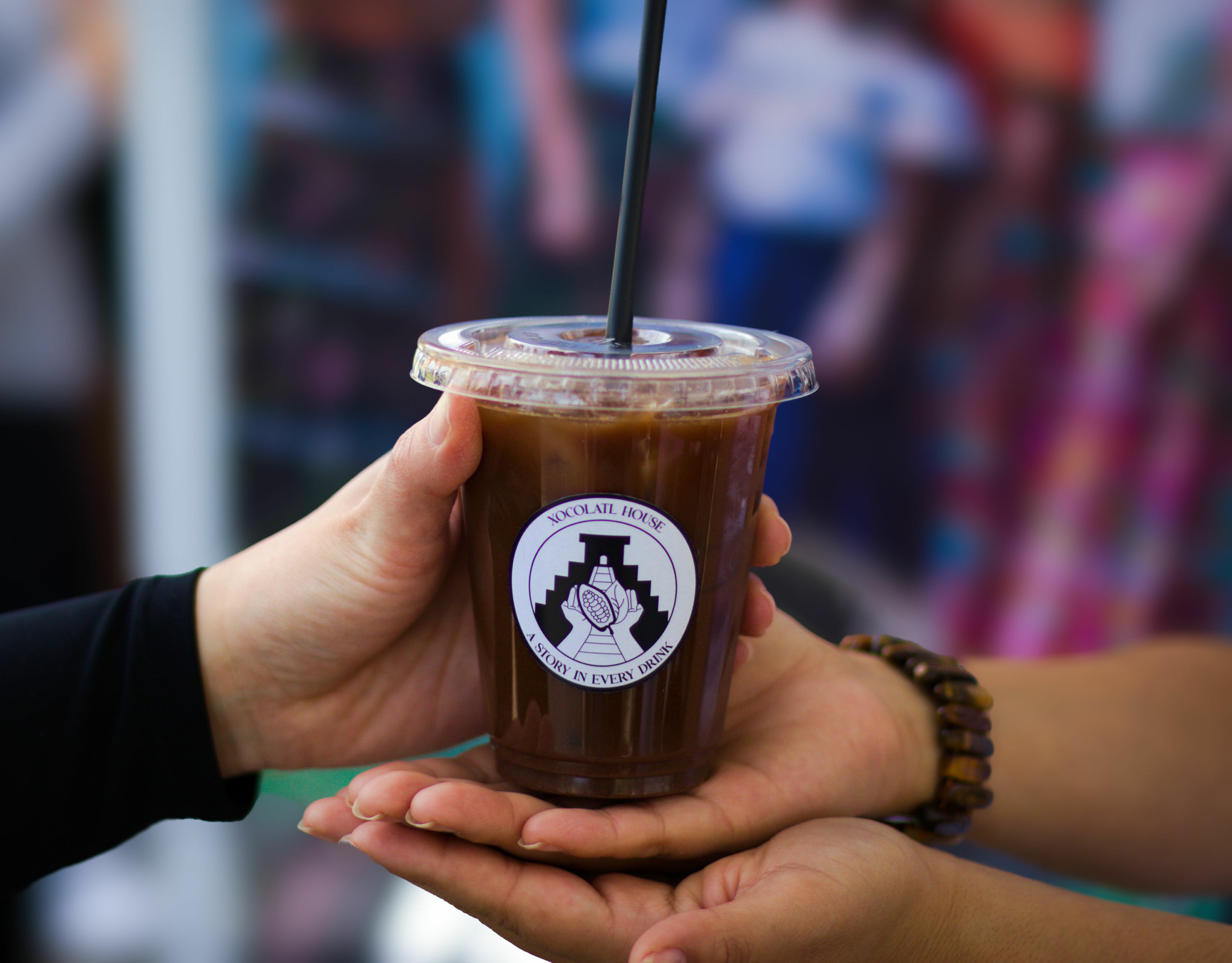
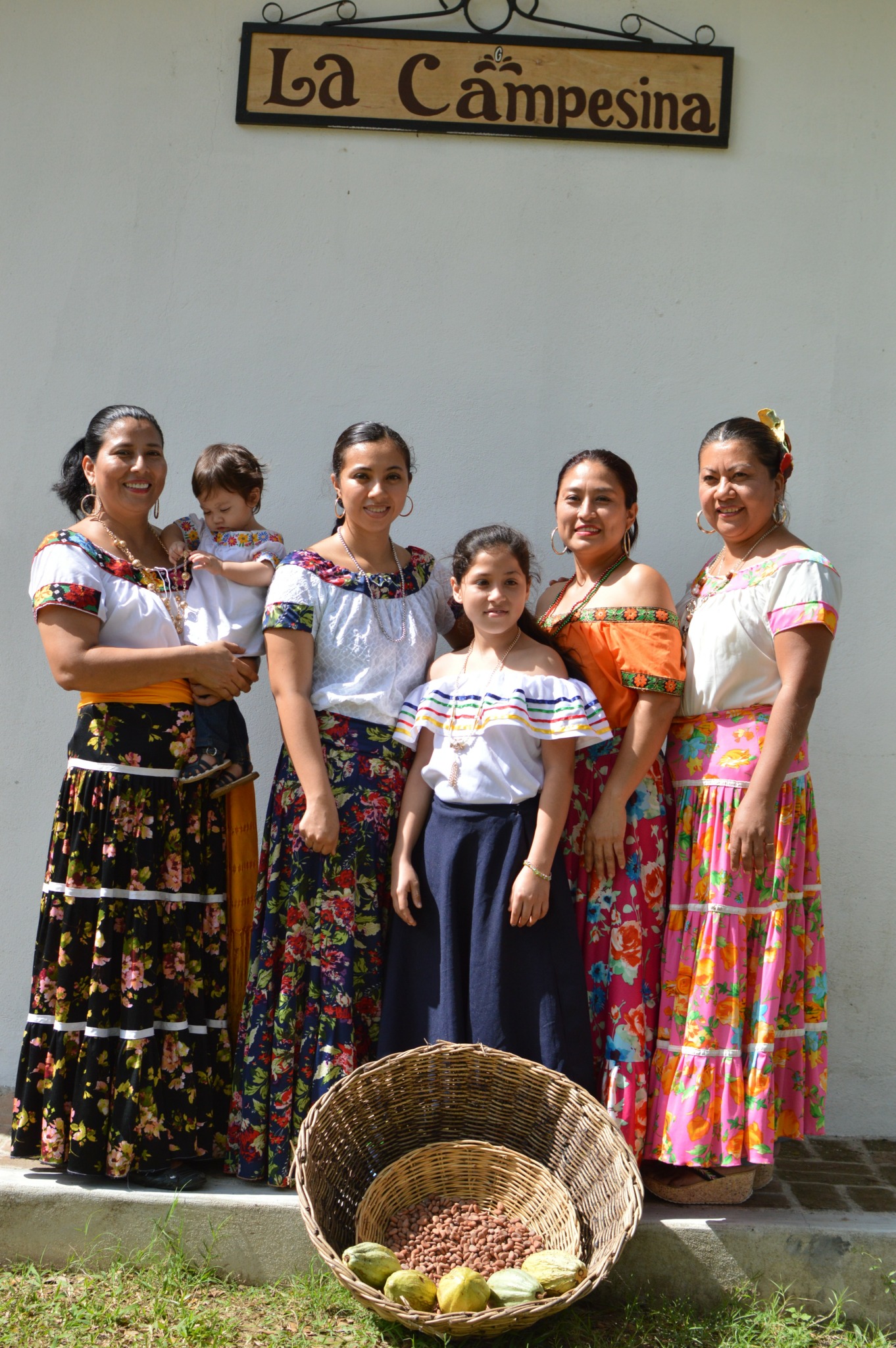
Great, appreciate you sharing that with us. Before we ask you to share more of your insights, can you take a moment to introduce yourself and how you got to where you are today to our readers.
Xocolatl House offers a variety of cacao products sourced from Tabasco, Mexico, crafted by skilled Mexican artisans using traditional methods. Our products are not only nutritious but also tell the rich stories of our pre-Hispanic cultures. This community of producers continues to uphold ancestral traditions, ensuring that each chocolate product is both natural and delicious.
I take immense pride in collaborating with this community, supporting them to receive fair payment, and helping their products gain recognition and value in more countries.
We are also addressing significant challenges in the cacao industry, particularly those related to climate change. The price of cacao is rising due to droughts, delayed harvests, and crime, which threaten the livelihoods of these producers. Our brand promotes sustainable practices in cacao production, from planting to the final product, and aims to create more jobs within the cacao industry. By doing so, we empower families to build profitable businesses.
I believe what sets Xocolatl House apart is our commitment to preserving cultural heritage while advocating for social and environmental responsibility. I want potential clients and supporters to know that when they choose our products, they are not just enjoying delicious chocolate; they are also contributing to a movement that values fairness, tradition, and sustainability.
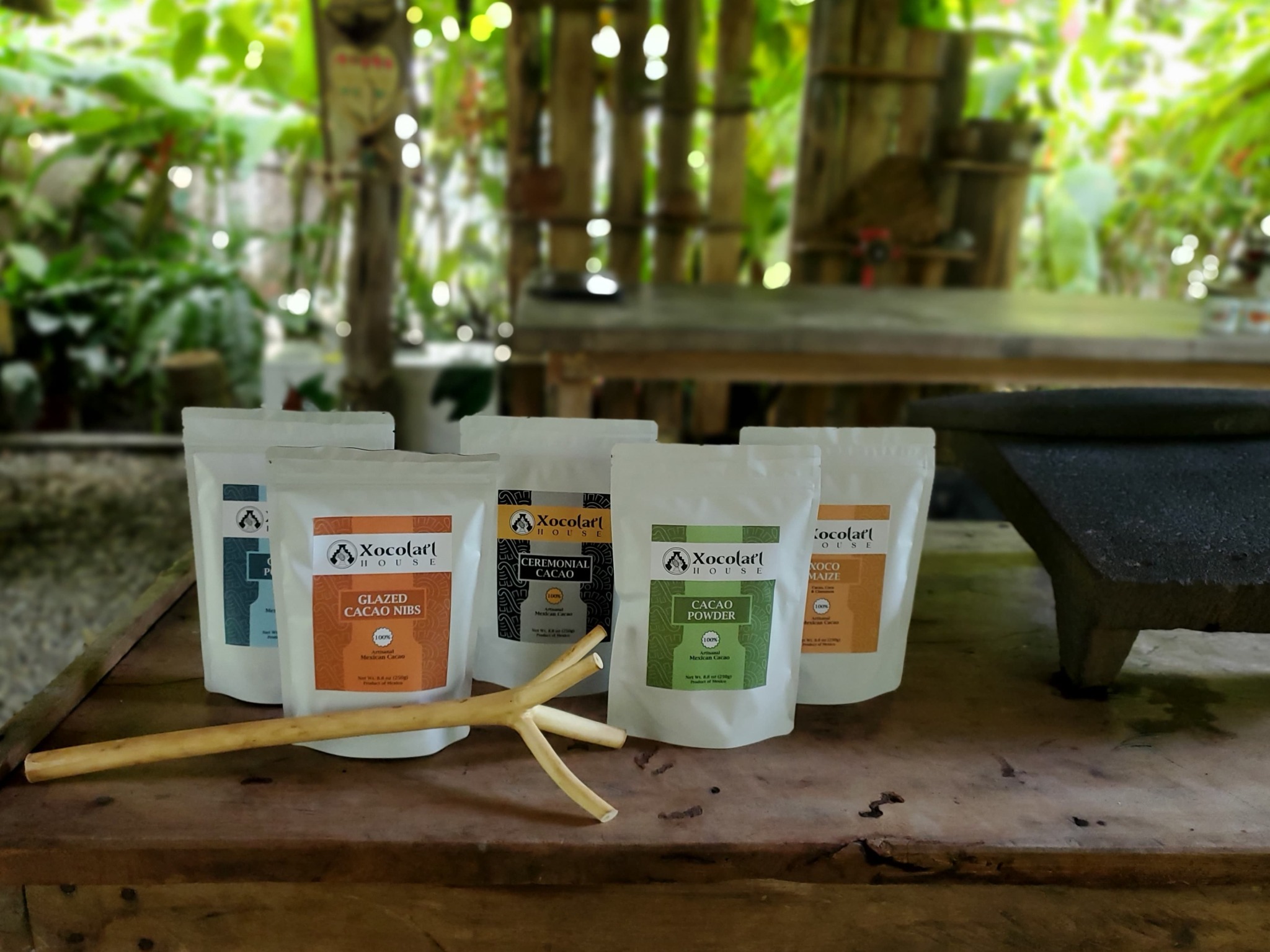

We’d really appreciate if you could talk to us about how you figured out the manufacturing process.
I can say that manufacturing the product was our biggest challenge and headache. Since it’s a product made in Mexico and in a small community, we needed to ensure not only good quality control in the production process but also to obtain the necessary legal permits in both Mexico and the U.S. I knocked on many doors to seek support for importing our products; several agencies didn’t follow up because we were so small and it was a lot of work for the customs agencies.
My husband took charge of all the labeling and the standards that the FDA required for the product. Once we had this information, we had to train and conduct tests with the producers. Sometimes it was complicated because there were days with no electricity, poor internet, and living far from major cities made shipping logistics complicated and costly. These details delayed our first large production run. None of us had experience; both the producers and we learned together.
Months passed before we achieved the necessary characteristics for the product to be presented to the U.S. customs agency, which could stop the entry of the product. The customs agency in Tijuana and the U.S. believed in our project and supported us in both Mexico and San Diego to obtain our import certification. I believe that both the producers and we shed tears of joy when our first order crossed U.S. customs, and the best part was that there were no issues found by the FDA.
It was at this moment that I remembered those who told me to pursue another business idea, and I felt immense satisfaction knowing that I didn’t listen to them; I just kept going until I achieved it. Starting a food business is not easy; there are many rules and regulations, and when you add in working with an indigenous community, it wasn’t easy, but I am very proud of them.
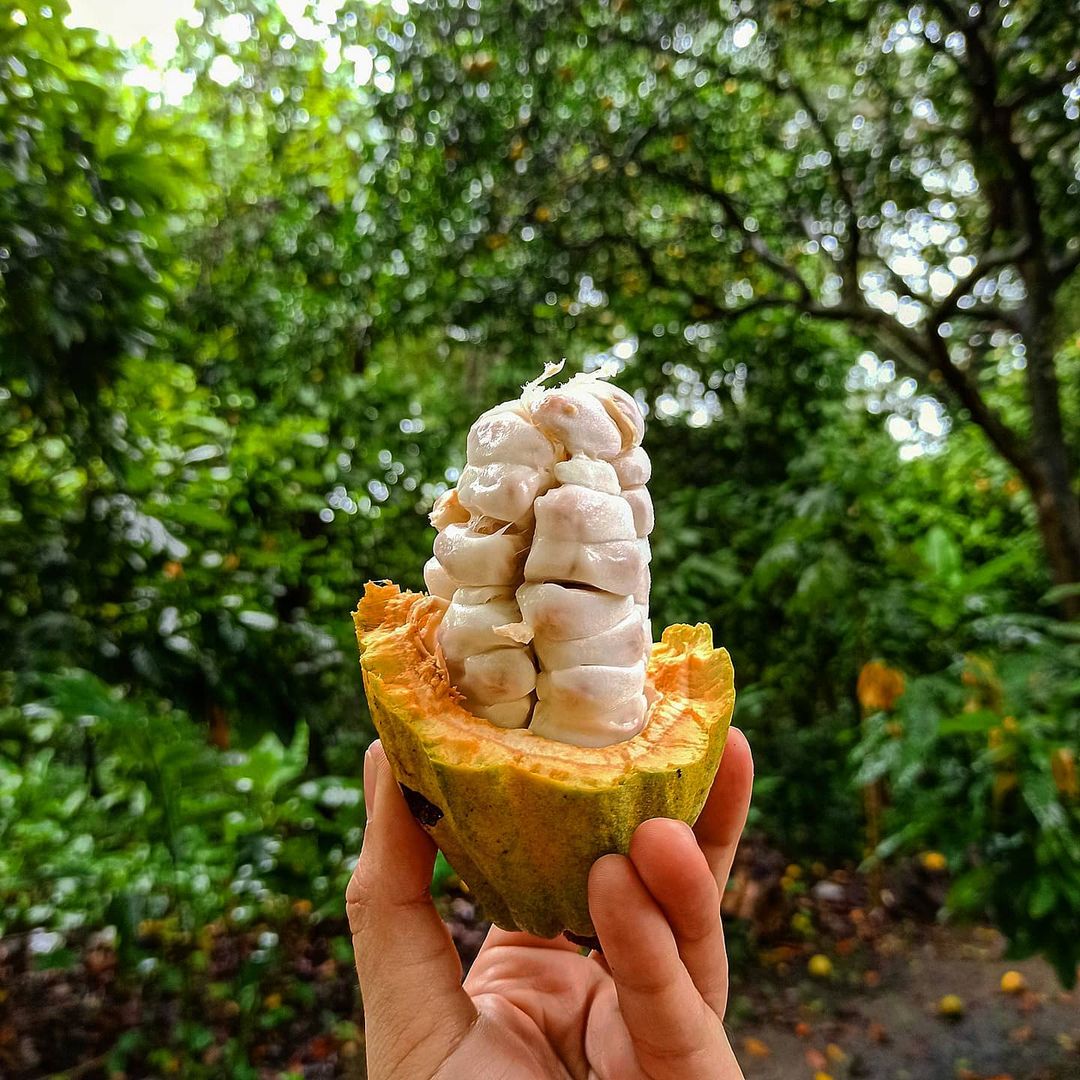
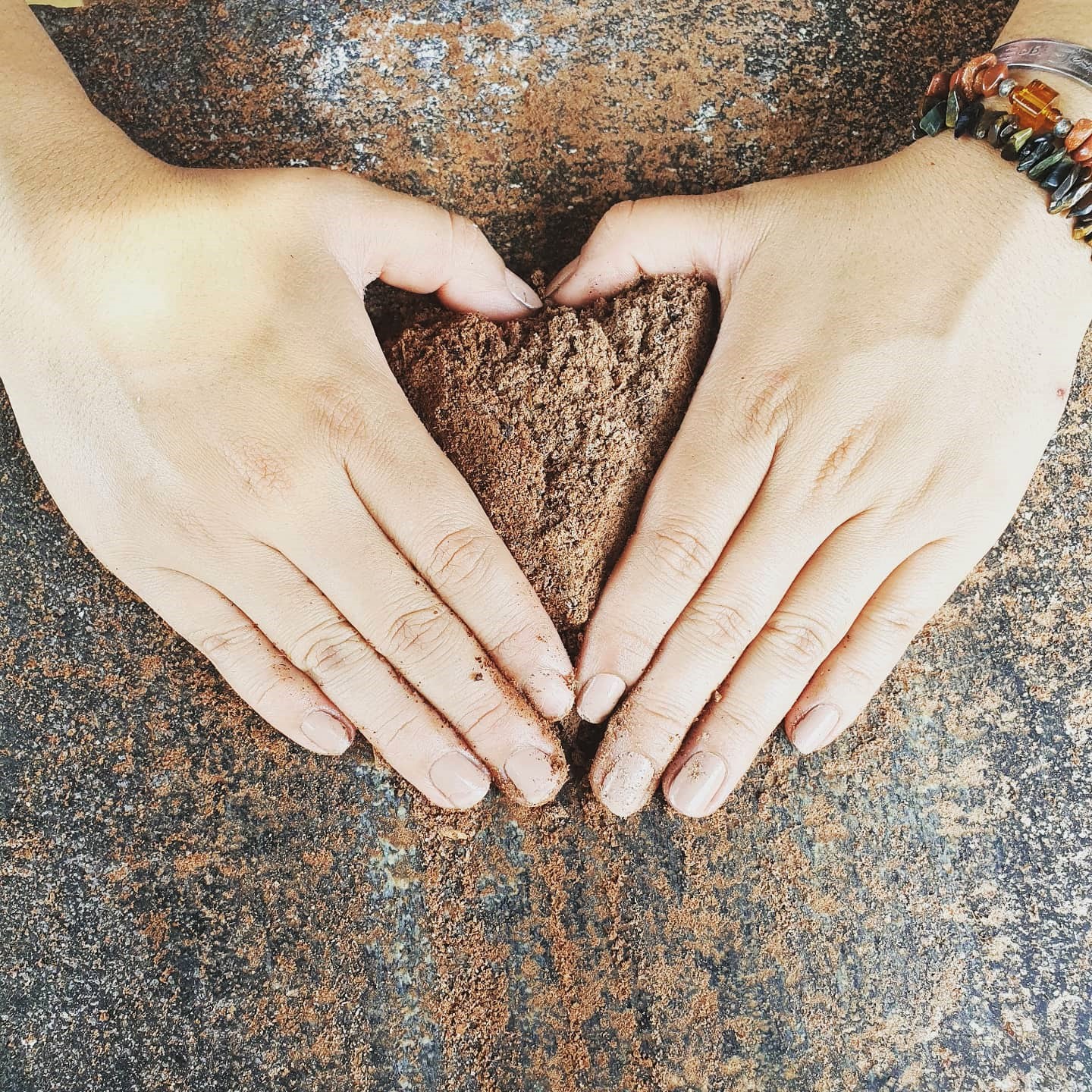
Can you tell us about what’s worked well for you in terms of growing your clientele?
The first strategy has been to deeply understand my product, from the moment the cacao seeds are planted to when it reaches the customer’s hands. With this information, we studied our competitors’ brands to showcase the quality of our product, highlighting how it differs from others and, most importantly, how cacao impacts health, the economy of producer families, and the environment.
Whenever I have the opportunity to speak face-to-face with a customer, I share why cacao is important and how it is part of our history. I explain how our pre-Hispanic cultures utilized this product, sharing interesting facts that transport the customer’s imagination through the flavor of cacao in each cup.
Contact Info:
- Website: https://thexocohouse.com
- Instagram: https://www.instagram.com
- Facebook: https://www.facebook.com/XocolatlHouse?mibextid=b06tZ0


